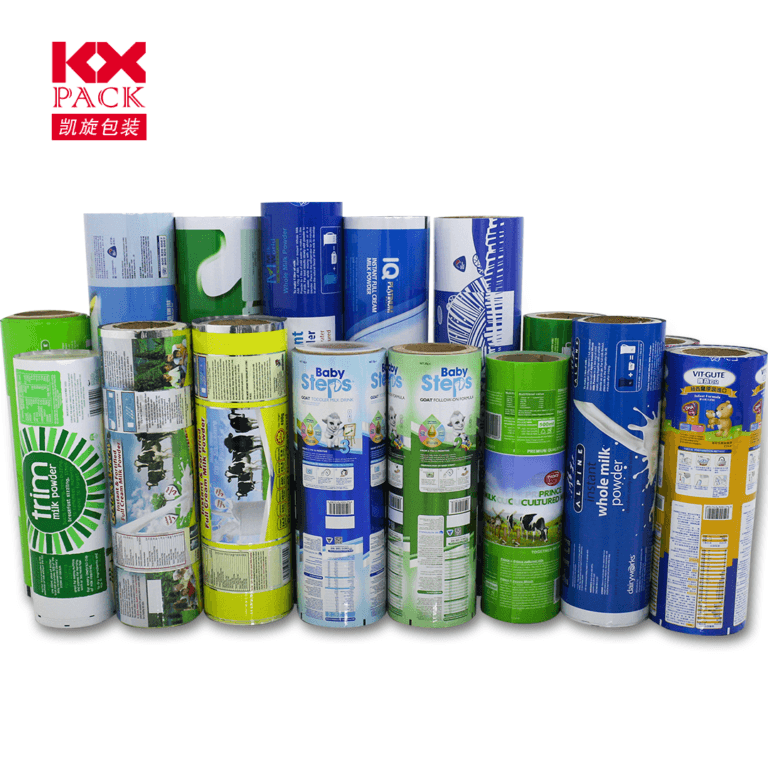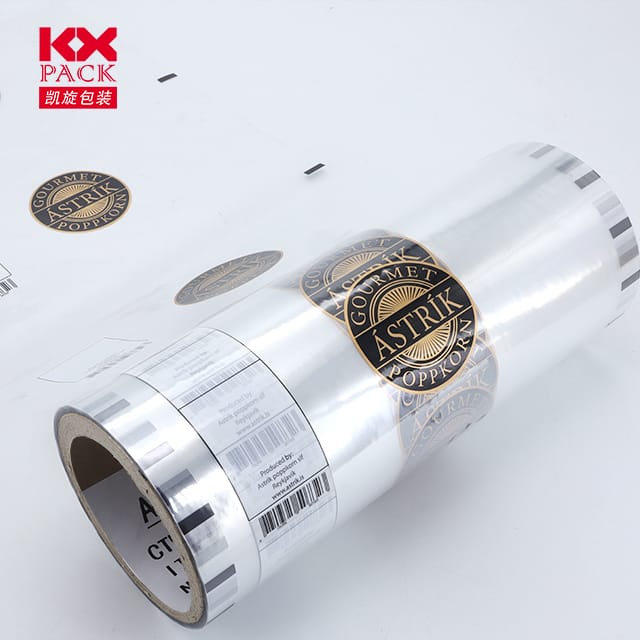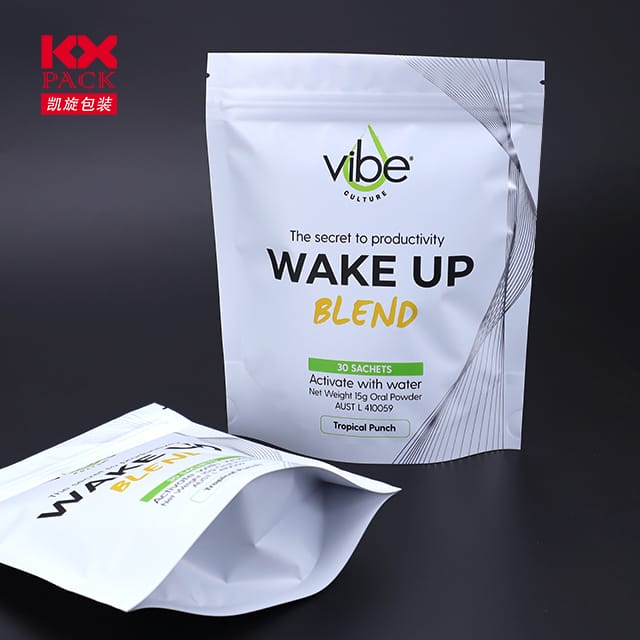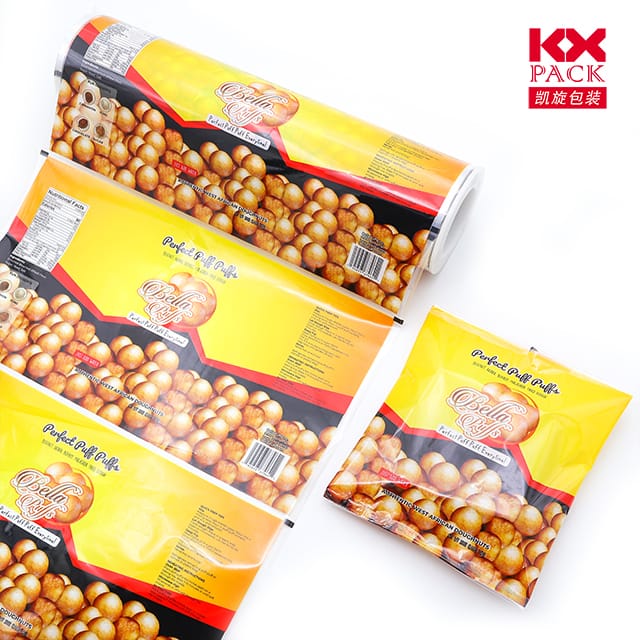食品包装中的双刃剑剑: 便利与. 可持续发展
塑料薄膜
在现代厨房和超市, 塑料薄膜 - 通常被称为固定包装, 建议包装, 或食物包装 - 已经成为主食. 它透明, 弹力, 密闭特性使其非常适合保留新鲜度, 防止泄漏, 并包裹剩菜. 然而, 随着环境问题的关注, 这个无处不在的厨房工具正面临审查. 让我们探索好处, 缺点, 以及食品存储中塑料膜的环保替代品.
1. 为什么塑料薄膜主导食物包装
- 保存能力: 塑料膜创建密封密封, 减慢氧化和细菌生长. 这延长了农产品的保质期, 肉类, 和几天甚至几周的饭菜.
- 多功能性: 从包裹三明治到覆盖碗, 它的灵活性使其能够符合任何形状.
- 成本效益: 一个卷只花了几美元,可以持续几个月, 使其成为家庭和餐馆的预算友好选择.
- 卫生: 透明和一次性, 与可能无法彻底清洁的可重复使用的容器相比,它降低了交叉污染的风险.
2. 塑料膜的环境损失
尽管它很方便, 塑料膜构成了重大的环境挑战:
- 非生物降解: 大多数塑料膜由聚乙烯制成 (体育), 一种基于石油的材料 500+ 年 分解.
- 微塑料污染: 当不正确地丢弃时, 它碎片成浸润土壤的微塑料, 水道, 甚至人类食品连锁店.
- 回收障碍: 由于污染风险,许多路边回收计划不接受塑料膜. 仅有的 4% 我们. 每年可回收保鲜膜 (EPA, 2021).
- 一次性文化: 家庭平均用途 1,500 塑料袋/包裹每年, 其中大多数最终都在垃圾填埋场或海洋中.
3. 塑料胶片的环保替代品
好消息? 可持续掉期很容易获得:
一个. 蜂蜡包裹
- 材料: 覆盖在蜂蜡中的棉布, 荷荷巴油, 和树脂.
- 好处: 可重复使用长达一年, 可堆肥, 自然抗菌.
- 最好的: 包裹奶酪, 三明治, 或覆盖碗.
- 退税: 对素食不友好,融化在高温附近.
乙. 有机硅食品覆盖物
- 材料: 食品级有机硅 (合成橡胶).
- 好处: 洗碗机安全, 可重复使用多年, 和耐热 (非常适合餐厅烹饪).
- 最好的: 在碗上伸展, 锅, 或半切的农产品.
- 退税: 更昂贵的前期 (10–20每套).
C. 可重复使用的织物盖
- 材料: 棉花或亚麻布有防水衬里 (例如。, 脉冲织物).
- 好处: 机器清洗, 可自定义的大小, 透气产品.
- 最好的: 储存面包, 草药, 或在上升期间覆盖面团.
丁. 玻璃或不锈钢容器
- 好处: 密闭, 防漏, 和无限可回收.
- 最好的: 准备进餐, 剩菜, 和冰箱存储.
4. 今天如何减少塑料膜浪费
即使您还没有准备好完全抛弃塑料胶片, 小变化可以有所作为:
- 重用: 轻轻清洗并干燥的塑料包裹以重复使用2-3次.
- 回收正确: 检查本地程序是否接受塑料膜的下降地点 (例如。, 杂货店垃圾箱).
- 批量购买: 避免预先包装的农产品; 将可重复使用的网状包带到商店.
- DIY替代方案: 使用潮湿的纸巾使蔬菜保持新鲜或在罐子中剩下的剩菜.
5. 食品包装的未来
创新正在出现,弥合便利和可持续性:
- 可食用的电影: 用淀粉或海藻制成, 这些包裹可以被食用或堆肥.
- 基于植物的塑料: 来自玉米或甘蔗的可生物降解膜正在进入市场.
- 智能包装: 嵌入在电影中的传感器很快可能会发现食物变质, 减少浪费.
最后的想法: 平衡是关键
塑料膜在食品安全和保存中的作用是不可否认的, 但是它的环境影响需要行动. 通过在可能的情况下选择可重复使用的替代方案,并负责任地处理塑料, 我们可以保护我们的饭菜和星球.
您的塑料胶片替代方案是什么? 在下面的评论中分享您的提示 - LOT互相启发以进行可持续交换! 🌍🥪
来源: EPA, 国家地理, 以及像TreeHugger这样的可持续发展博客.







